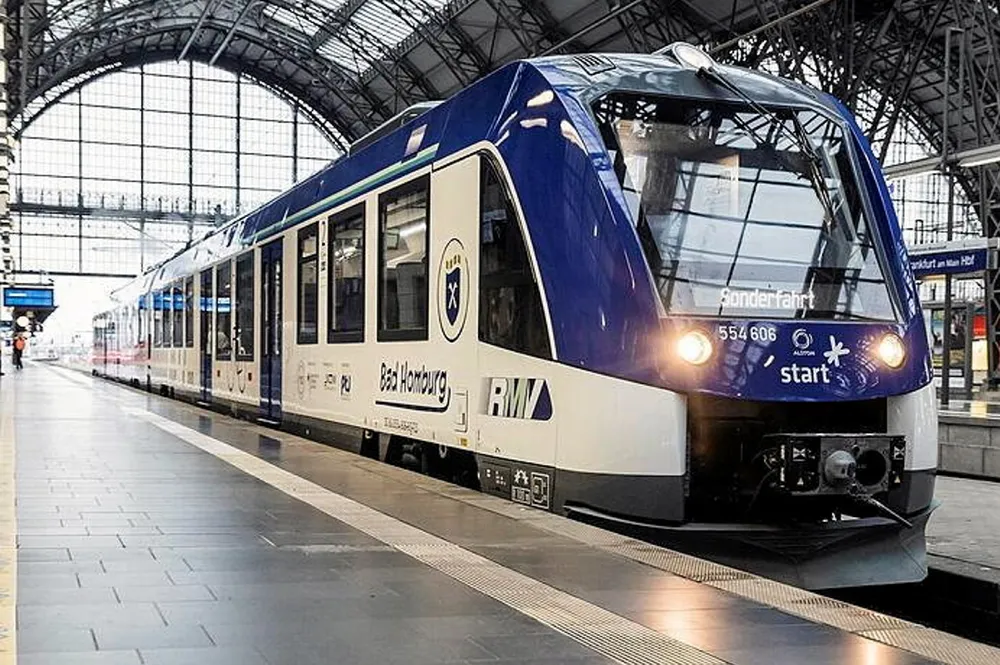The 'misery' line | World’s largest hydrogen train fleet still not fully operational six months after service began
German transport authority will provide free travel for two months to compensate fed-up passengers for the ‘incredible amount of bad public transport’
